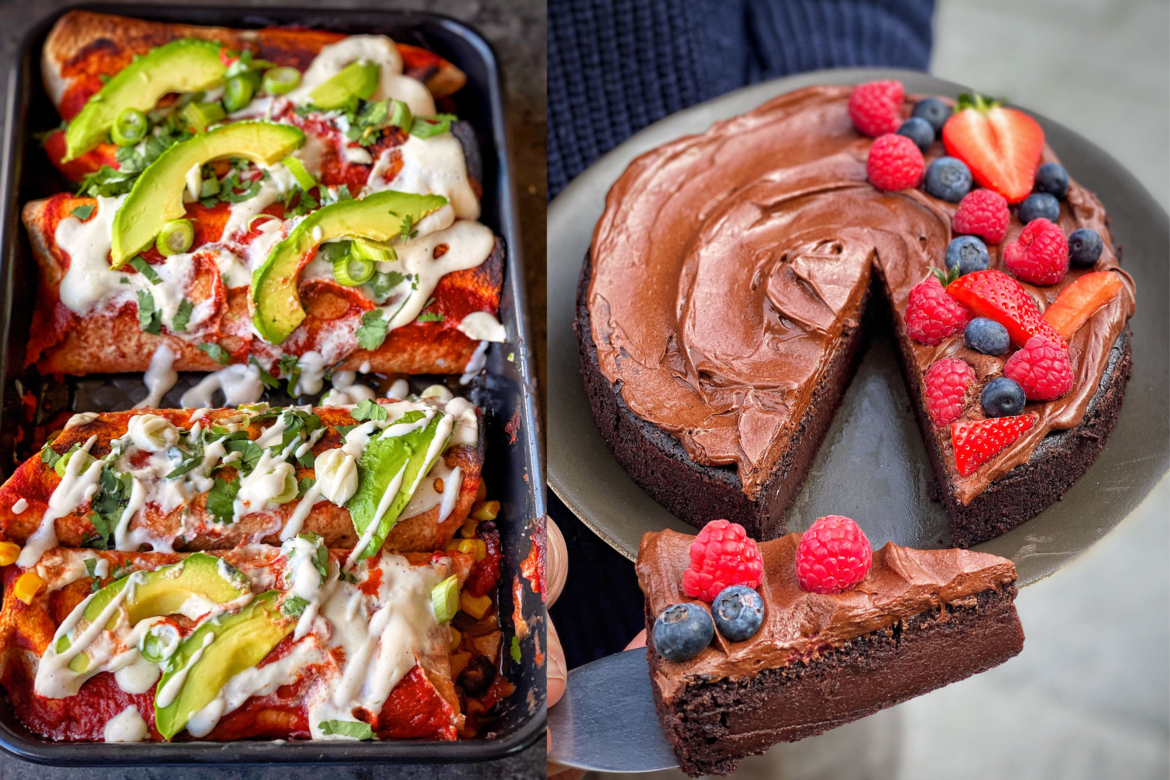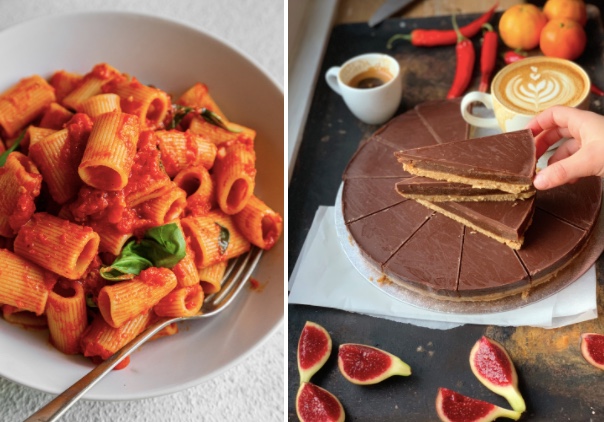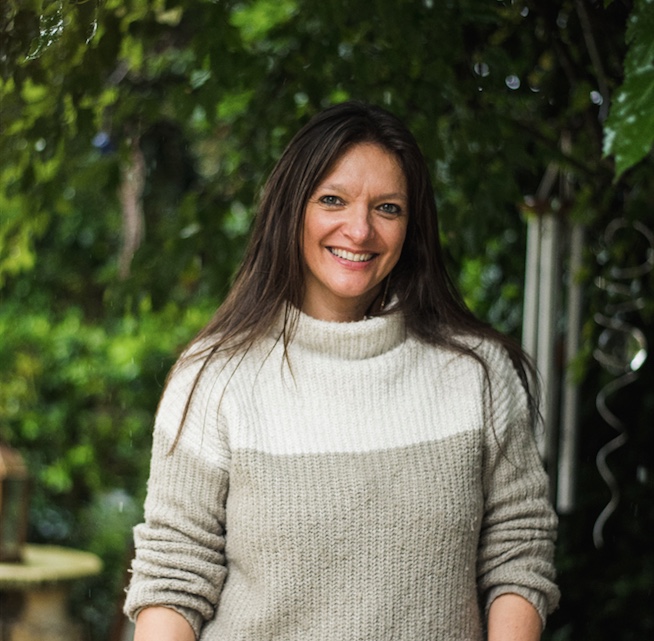One of the many holistic legends we got to speak to in our Summer 2021 issue was Maureen Brosnan, owner of the Tattie Hoaker health store in Co. Roscommon. Read on to learn more about her story and the amazing Tattie Hoaker offerings!
Healthy food
CNM (The College of Naturopathic Medicine) have long been valued contributors to our magazine, and we love their always-enlightening advice on health and wellbeing issues. They have a number of great events coming up, including an Online Open Day, a Womens’ Hormone Balance and Fertility evening, a Cooking for Brain Health workshop, and many more. Read on for the full scoop!
CNM (College of Naturopathic Medicine) have long been contributors to our magazine, and we love hearing their wisdom on health and nutritional topics. Scroll on to read their Winter 2020/21 article, on how we can boost our moods at this time.
The Happy Pear’s recipes never fail to get our mouths watering and our tummies rumbling … and their Summer 2020 offerings were no exception to that rule! Read on below to feast your eyes on their recipes for a gorgeous pasta all’arrabbiatta and a chocolate and salted caramel tart.
If you’re seeking to break negative patterns around food, or just want to learn more about intuitively eating for your chakras, we highly recommend the lovely Judith McAdam’s 3-hour Zoom Workshop, ‘Lighten Up’ on the 26th of July. Full details available here!







